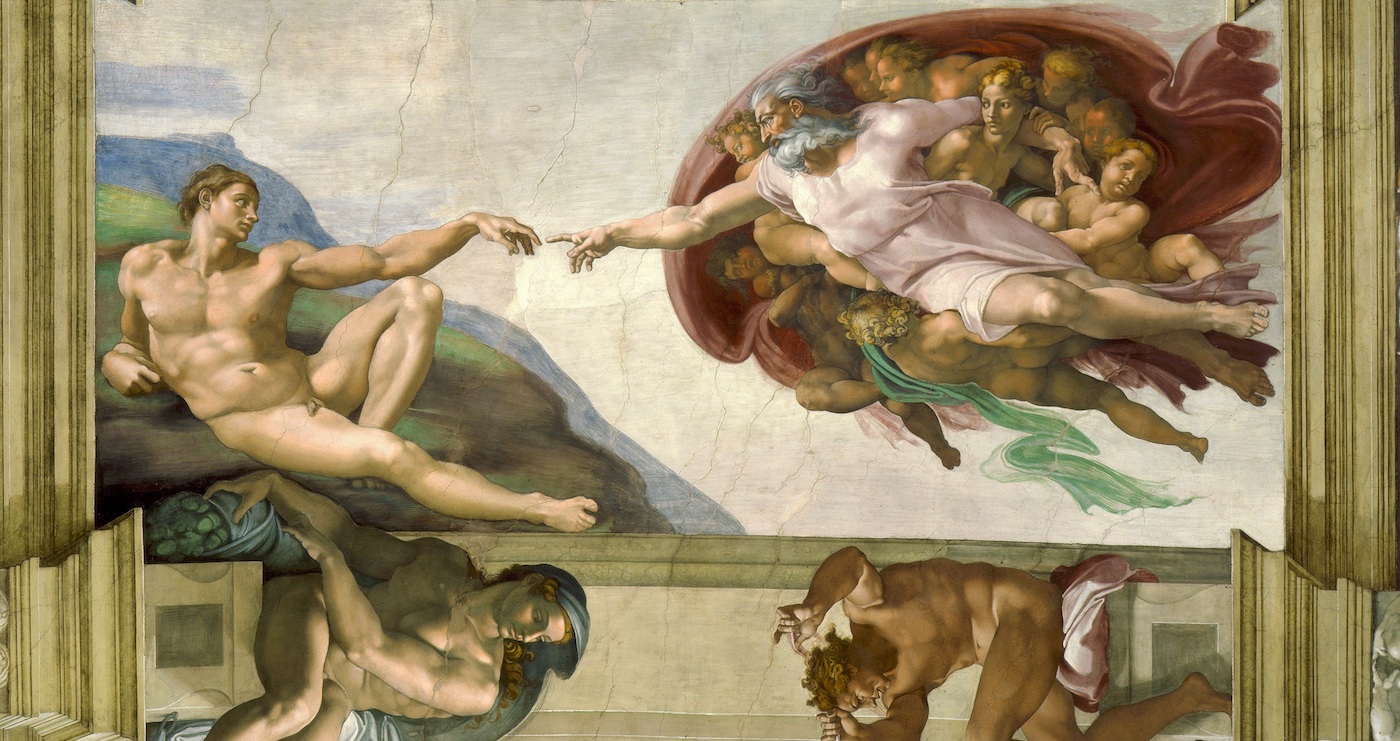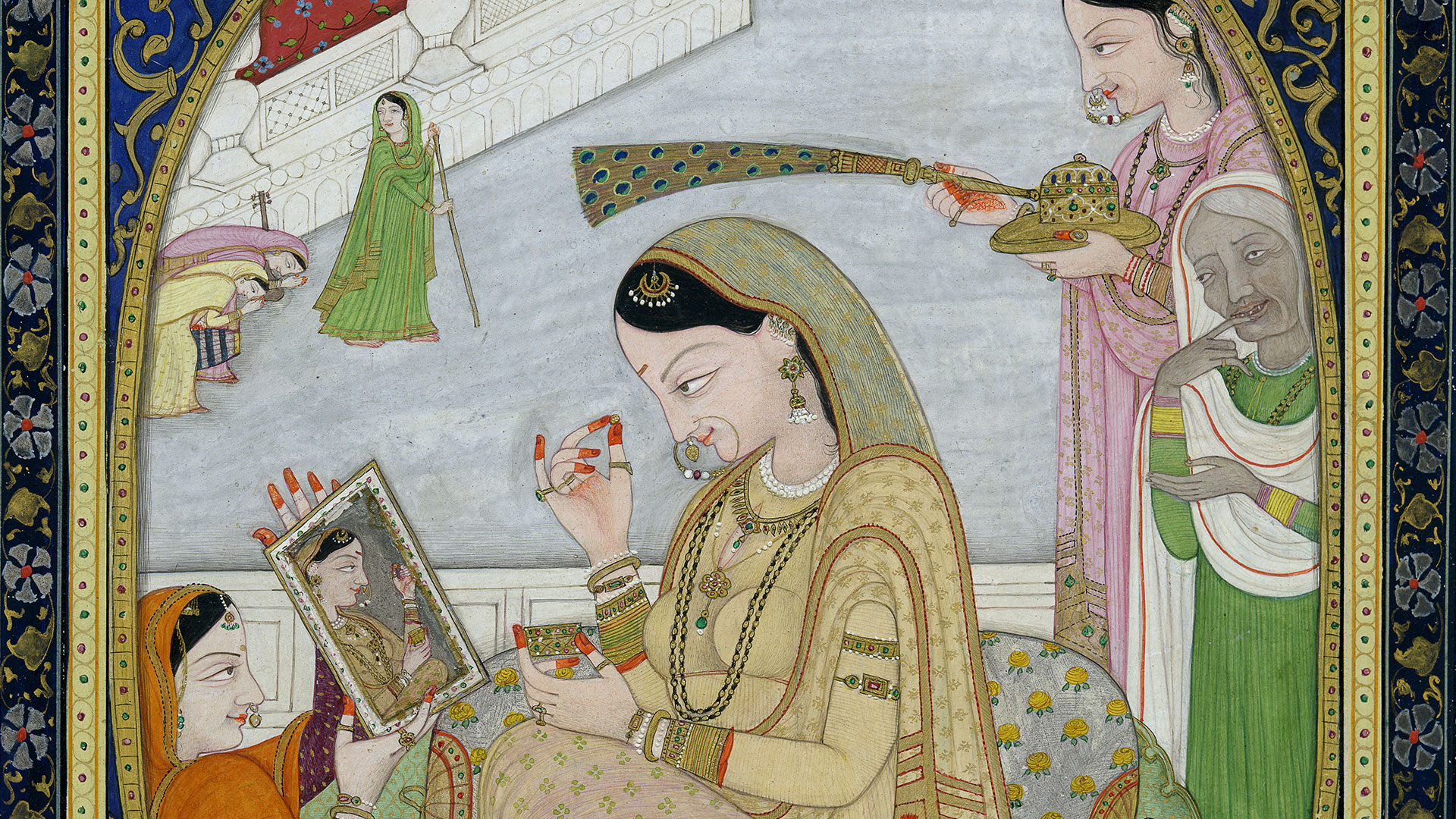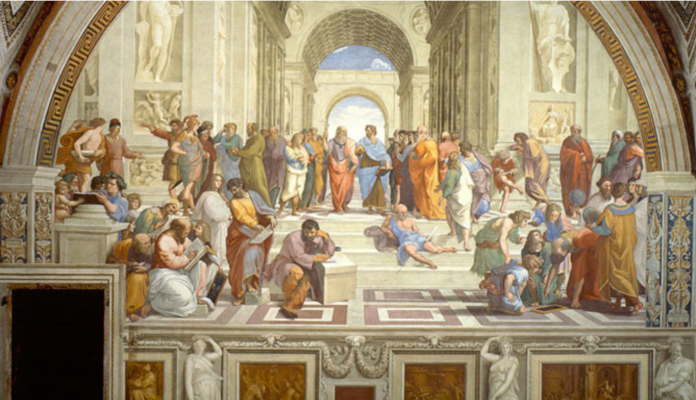Art has been a part of human culture for thousands of years, and it has evolved and changed over time in response to cultural, social, and technological changes. The history of art is a vast and complex subject that encompasses many different styles, mediums, and periods. The earliest known examples of art are cave paintings and sculptures that date back to the Paleolithic era. These early artworks often depicted animals and other natural subjects, and they were created using basic materials such as stone, bone, and wood.
As human societies developed and evolved, so did their art. Art became more refined and focused on idealized forms and subjects during the Ancient Egyptian and Ancient Greek civilizations. The Romans also made significant contributions to the history of art, emphasizing realism and their use of perspective in paintings and sculptures.
Western Art History
Western art history refers to the study of the art and artistic traditions of the Western world, which encompasses Europe and the Americas. It is a broad and diverse field that covers many different art movements and traditions and covers a wide range of styles, mediums, and time periods.
The history of Western art can be traced back to ancient civilizations such as Ancient Greece and Ancient Rome, which significantly contributed to the development of art and artistic techniques. During the Middle Ages, the Catholic Church largely influenced art in Europe, and it often took the form of religious paintings, sculptures, and architectural works.
The Renaissance, which began in Italy in the 14th century, marked a significant shift in the history of Western art. This period saw a renewed interest in classical learning and a focus on humanistic ideals. It also saw the development of new techniques and styles in painting, sculpture, and architecture.

In the centuries that followed, Western art continued to evolve and change. The Baroque period saw the emergence of dramatic and ornate styles, while the Enlightenment and Romantic periods saw a focus on emotion and individual expression. The 19th and 20th centuries saw the emergence of many different art movements, including Impressionism, Expressionism, Cubism, and Surrealism, to name just a few.
Today, Western art continues to be a diverse and vibrant field, with many different styles and traditions coexisting and influencing one another. It is a rich and fascinating subject that offers a window into the Western world’s history, culture, and society.
Asian And Oriental Art History
Asian and Oriental art has a long and rich history that spans many different cultures and time periods.
One of the earliest and most well-known examples of Asian art is the art of Ancient China, which dates back to the Neolithic period (c. 8,000-2,000 BCE). Chinese art is known for its emphasis on balance, harmony, and symbolism. Some of the key characteristics of Chinese art include using brushstrokes to create expressive and gestural lines, using ink and color to create gradations and nuances of tone, and incorporating calligraphy and poetry into paintings and other works of art. Chinese art also includes a wide range of media, including painting, sculpture, ceramics, and architecture. Some notable examples of Chinese art include the terracotta warriors of the Qin Dynasty, the ink brush paintings of the Tang Dynasty, and the porcelain ceramics of the Ming Dynasty.
Another important tradition in Asian art is the art of Ancient India, which dates back to the Indus Valley Civilization (c. 3,300-1,300 BCE). Indian art is known for its vibrant colors, elaborate ornamentation, and the use of sacred symbols and motifs. Some of the key characteristics of Indian art include the use of bright and bold colors, the depiction of figures and scenes in a highly stylized manner, and the incorporation of religious themes and symbols.
Indian art also includes a wide range of media, including painting, sculpture, textiles, and architecture. Hinduism, Buddhism, and other religions have significantly influenced the art of these regions, and many of the artworks produced in South Asia depict religious themes and deities. Some notable examples of South Asian art include the cave paintings of Ajanta, the sculptures of the Khajuraho temples, and the miniatures of the Mughal Empire.
Other important traditions in Asian and Oriental art include the art of Japan, known for its emphasis on simplicity and restraint, and the art of Southeast Asia, known for its vibrant colors and intricate patterns and designs. Japanese art is known for its woodblock prints, ink paintings, and ceramics, and it has had a significant influence on Western art through the popularity of Japonisme in the late 19th and early 20th centuries.

The art of the Middle East, which includes the countries of the Arabian Peninsula, the Levant, and North Africa, is also influenced by religion, particularly Islam. Islamic art is known for its geometric patterns and calligraphy, and it is often found in the form of architecture, textiles, and ceramics. Some notable examples of Islamic art include the Alhambra palace in Spain, the Taj Mahal in India, and the Blue Mosque in Turkey.
Exploring the Rich and Diverse History of Art
- Many different cultures and civilizations have made significant contributions to the history of art, including the Ancient Egyptians, Greeks, and Romans, as well as the Chinese, Japanese, and Native American cultures.
- The history of art is often divided into different periods or styles based on the characteristics and defining features of the art produced during that time. Some examples of these periods or styles include the Ancient Egyptian, Greek, and Roman styles; the Gothic, Baroque, and Rococo styles; and the Impressionist, Expressionist, and Surrealist styles.
- Art has played a role in many aspects of human culture, including religion, politics, and social identity. In many societies, art was used as a means of communication and expression. It has often been closely tied to other cultural practices such as music, dance, and storytelling.
- The materials and techniques used in art have changed significantly over time. Early artworks were often created using basic materials such as stone, bone, and wood, while later artworks utilized more diverse materials such as paint, clay, and metal. The development of new materials and techniques has often been closely tied to technological and cultural changes, and it has played a significant role in the evolution of art.
- The art of different cultures and time periods has often reflected the values and beliefs of those cultures. For example, ancient civilizations often depicted their gods and deities, while Middle Ages art focused on religious themes and stories. More recent art movements have often reflected social and political concerns and have often been used to express and explore these issues.
- Art has also played a significant role in developing education and intellectual thought. Many techniques and concepts used in art, such as perspective, proportion, and composition, have been studied and debated by scholars and artists throughout history. They have been important in developing other fields, such as mathematics and science.
- In the modern era, the field of art history has expanded to include the study of contemporary art and the ways in which technology and digital media have impacted the creation and dissemination of art.
Why Is Western Art More Famous Than Asian Art?
There are several reasons why Western art may be more well-known or widely recognized than Asian art. One factor is that Western art has a longer and more continuous tradition of art production and has been more thoroughly documented and studied than Asian art. The history of Western art can be traced back to ancient civilizations such as Greece and Rome, which have evolved and changed over time in response to cultural, social, and technological changes.
Another factor is the fact that Western art has been more widely disseminated and exhibited around the world. During the colonial and imperial periods, Western art was often exported and displayed in museums and galleries in other parts of the world, which helped to increase its visibility and fame.
The art market has traditionally been more focused on Western art, with many of the world’s most famous museums and galleries being located in the Western world. This has contributed to the increased visibility and fame of Western art.
It is also important to note that while Western art may be more well-known, this does not necessarily mean that it is superior to Asian art or the only art worth considering. Asian art has a rich and varied history that is just as worthy of attention and appreciation, and many talented and accomplished artists are working in Asia today.
Difference Between The History Of Western And Eastern Art
There are many differences between western and eastern art, including differences in style, subject matter, and cultural context. Western art tends to be more centered on Europe and the Americas, while eastern art encompasses a much wider geographical area. Western art tends to be more focused on realism and the individual, while eastern art tends to be more abstract and focused on spirituality and the collective.
One key difference between western and eastern art is how each tradition has evolved over time. Western art has a long and complex history that can be traced back to ancient civilizations such as Greece and Rome, while eastern art has an equally long and varied history that includes the art of countries such as China, Japan, and India. As a result, each tradition has distinct characteristics and influences that have shaped how art has been created and appreciated over the centuries.
In conclusion
Through the study of art history, we can better understand the human experience and the world we live in. It allows us to see how different civilizations and cultures have contributed to the development of art, and it gives us insight into how people have expressed themselves and engaged with the world around them.
Tags – Rich and Diverse History of Art. Different Civilizations and Cultures Have Shaped the World of Art, World of Art, Diverse History of Art
